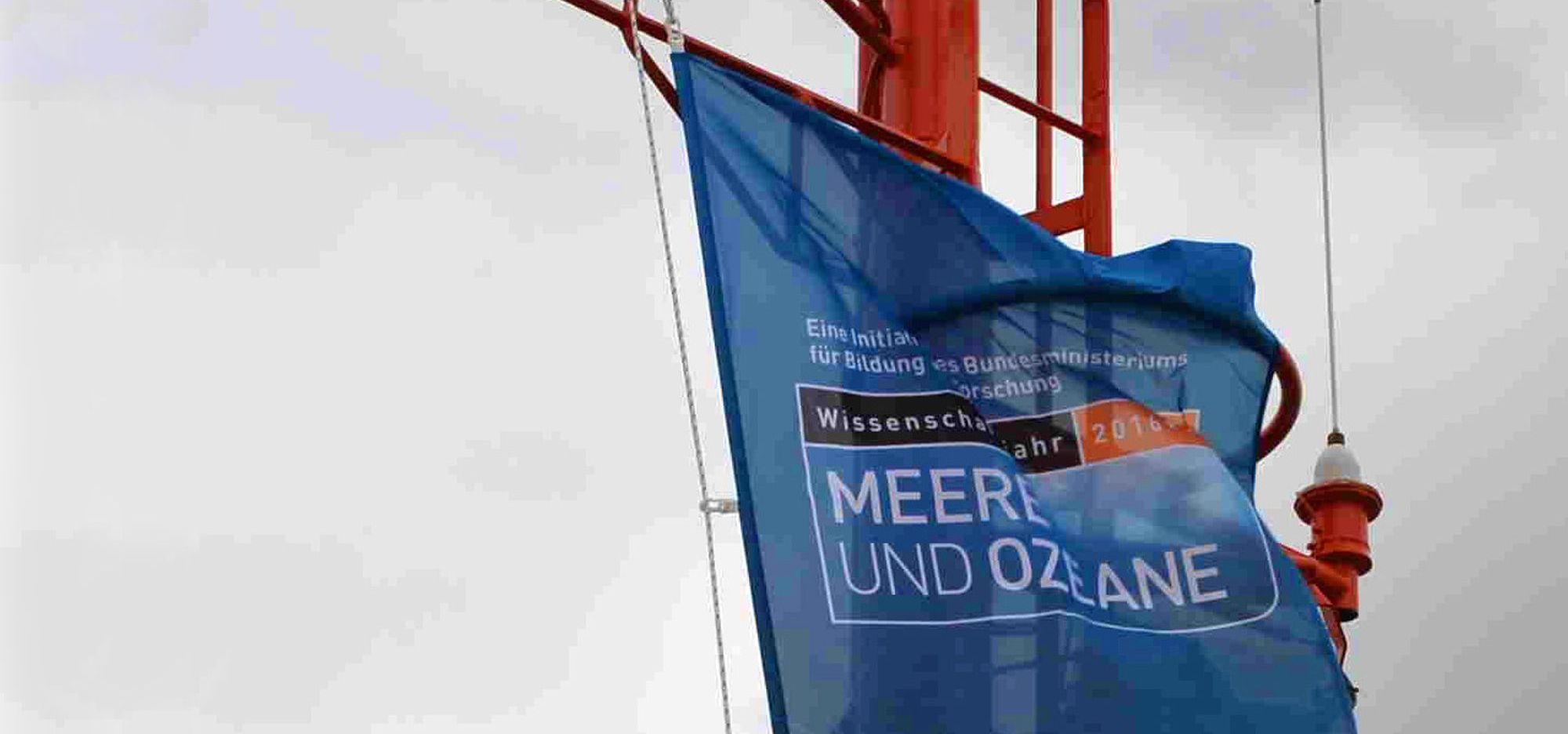Sea blog
Walther Herwig III, 396th cruise
Heino Fock and the international team
Duration: July 4-15, 2016
Travel Area: North Sea, Dogger Bank
Purpose: International Dogger Bank Survey
Cruise leader: Dr. Heino Fock, Thünen Institute of Sea Fisheries
++04.07.2016++ Course of Dogger Bank
With the departure of the Walther Herwig III on July 4, 2016, the first internationally coordinated monitoring of the Dogger Bank was launched in the Natura 2000 Protection Area.
Natura 2000 comprises a network of protected areas on land and sea designated under the European Birds and Habitats Directives. The Dogger Bank, a relatively flat sea area in the central North Sea, is a transboundary Natura 2000 habitat shared by the Netherlands, UK, and Germany with three adjoining national MPAs.
One of the challenges for the Dogger Bank MPA management process was the need to address the Dogger Bank as an entity. The Netherlands, UK and Germany therefore established a Dogger Bank Steering Group to coordinate management in order to arrive at a coherent and harmonised fishing management regime.
The current research cruise of the Walther Herwig III is the first international cruise for Natura 2000 monitoring to evaluate the state of the Dogger Bank fish community as part of the MPA conservation objectives. Scientists from the Rijkswaterstaat (RWS, NL), Joint Nature Conservation Council (JNCC, UK), Center for Environment Fisheries and Aquaculture Science (CEFAS, UK), and the Thünen Institute of Sea Fisheries are taking part in the 12-day survey.
Greetings from the Walther Herwig III! We are Tammy Noble-James and Sue Ware, marine scientists from the Centre for Fisheries and Aquaculture Science (Cefas) and the Joint Nature Conservation Committee (JNCC) in the UK. We were delighted to be invited aboard this trilateral survey of the Dogger Bank Natura 2000 site, and to be given the opportunity to contribute to a great example of multinational integrated marine research. JNCC & Cefas recently completed a partnership project which investigated the benthic habitats and fauna of the Dogger Bank, and we will now be able to explore the fisheries data collected on this survey to better understand the ecosystem in a more holistic way.
Our team of eight marine scientists and students benefits from a diverse range of skills and disciplines, including benthic ecologists, fisheries scientists, an oceanographer and a physical geographer from Germany, the Netherlands & the UK. Together we have spent the last few days surveying the south-western part of the Dogger Bank, collecting fish and epibenthic fauna. These data will contribute to the existing time-series and allow long-term trends in biodiversity to be identified and monitored going forward. The better we understand these unique communities, the greater our ability to conserve them in the future.
Our typical day begins with a hearty breakfast, perhaps mackerel from yesterday’s catch, to set us up for a busy day sorting, measuring and counting. We are all excited to see the hatch open and the first haul of the day drop in. Although many species are common to most sampling stations there are also unusual fauna to be found in each sample. In addition to the standard catch of dab (Limanda limanda), grey gurnard (Eutrigla gurnardus), mackerel (Scomber scombrus), and plaice (Pleuronectes platessa) we have seen a number of interesting species, such as a blonde ray (Raja brachyura), a smoothhound, and a spurdog which were successfully released back into the ocean. We aim to process five or six hauls per day, which keeps us busy for around twelve hours, after which we typically unite in the TV room in trilateral support of whichever nationality (or closest equivalent!) happens to be playing in Euro 2016.
The aim of the Dogger Bank survey is to evaluate the conservation status of the sand bottom habitat inside the protected area. Therefore also the invertebrate bottom fauna was investigated. Joel Cuperus from the Dutch RWS (Rikswaterstaat) prepared a species inventory based on subsamples collected during the cruise.
But back to fisheries. On Thursday, July 14th, the main sampling activities with 35 hauls in the UK, Dutch, German and Danish sectors of the Dogger Bank were completed. Particular findings during the second part of the cruise were large plaice of more than 40 cm length and several dogfish. A video sledge was also deployed during the last day, but due to time constraints only a small part of the originally planned transect could be monitored.
Cleaning up and packing equipment determined the phase of the cruise, while some colleagues had to checks flights back home. A very successful Dogger Bank survey comes to its end.
The results of the different disciplines are now being worked during the coming weeks in order to have all data ready for the joint evaluation workshop in January 2017.
We would like to thank all participants for a pleasant WH396 − particular thanks go to the crew of the Walther Herwig III for the helpful support in all situations.
Heino Fock, cruise leader


















